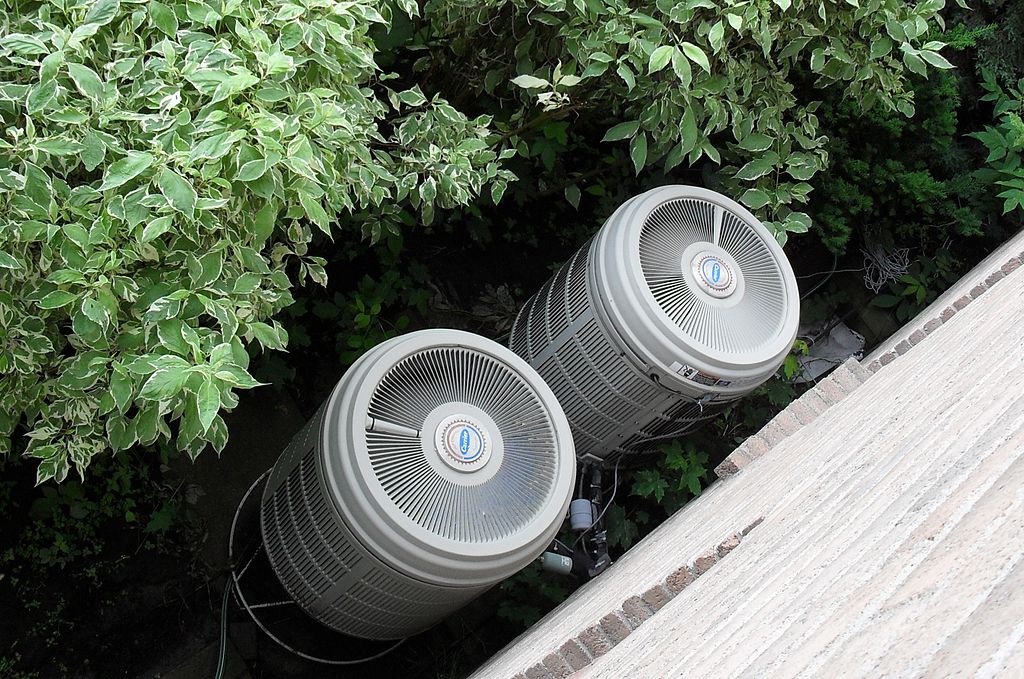3 Things to Consider Before Switching to an Air Source Heat Pump
By Staff | Spring 2020 | Clean Power Guide
Air-source heat pump technology has been improving rapidly and, not surprisingly, these systems are growing in popularity. But they don’t make sense in every situation. So, how do you determine whether air-source heat pumps are a good investment for your home? In researching our 2020 Air Source Heat Pump Buying Guide (created in collaboration with Northeast Energy Efficiency Partnership), we’ve come up with three important questions to consider:
1. Is your existing heating system older?
You might think about supplementing or replacing it with one or more heat pumps before it fails completely.
2. Are you considering installing a central air-conditioning system, or replacing an existing one?
A heat pump may cost only a little more and will provide heating and dehumidification as well as cooling.
3. Do you heat with oil, propane, or electric resistance?
In comparison to these fuel types, a heat pump can save significantly on heating costs.
NEEP’s Air Source Heat Pump Buying Guide and the 2020 Clean Power Guide’s FAQ both suggest questions to ask in selecting a contractor with a high-quality offering of product and warranty. But don’t hand off responsibility to a contractor without paying attention to the reasoning behind his or her recommendations. In sizing and designing systems, there are a few not-so-obvious factors to consider. For example:
Ductless indoor units should be installed in an open-plan building with large, open doorways. Units in rooms with frequently closed doors may run cool in the winter.
The indoor units are usually mounted high on a wall, but they can also be placed lower or attached to the ceiling.
There are judgments to be made about how to define zones in the building and install the heat pump appropriately within each zone for optimal heat transfer.
With thousands of makes and models of air-source heat pumps available today, we want you to be pumped—and to shop wisely. For system-by-system considerations, including centrally ducted heat pumps as well as dual-fuel, ductless, compact-ducted, and multizone systems, refer to NEEP’s guide.
